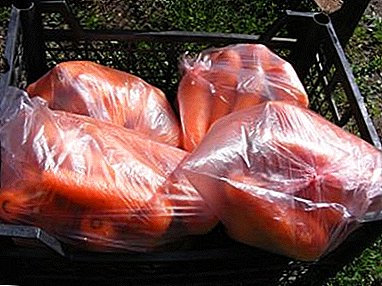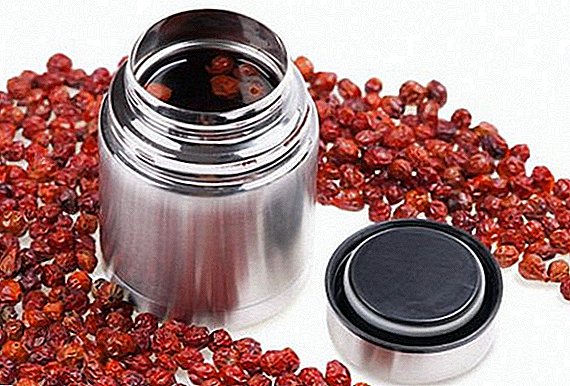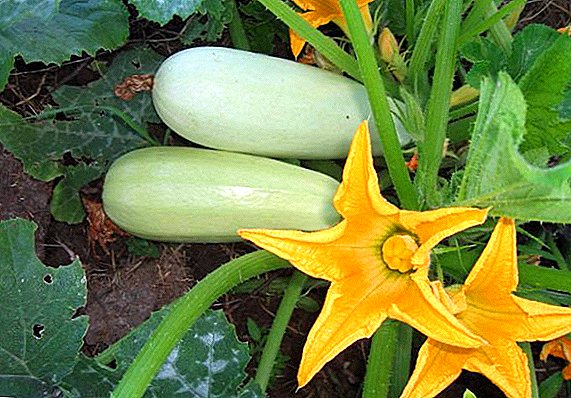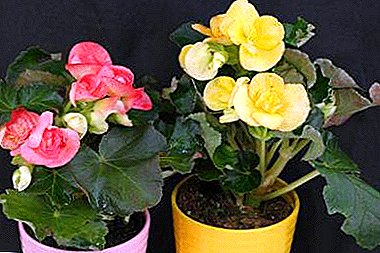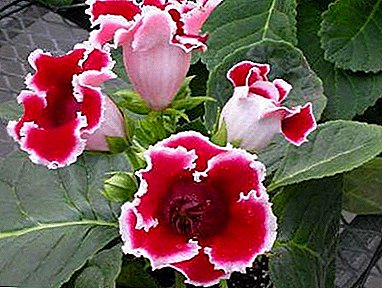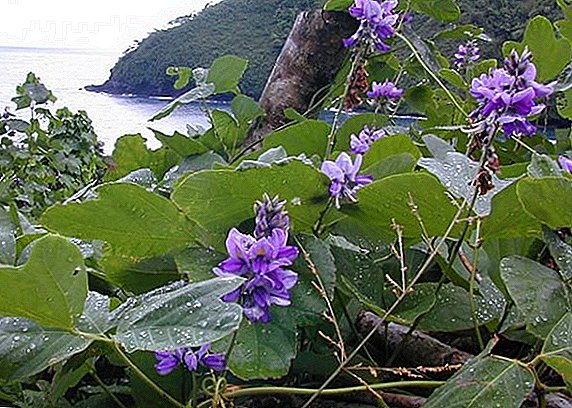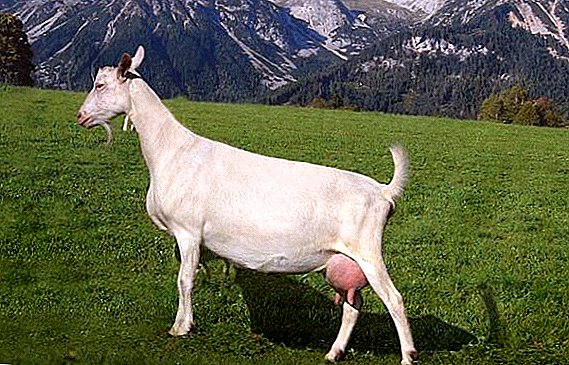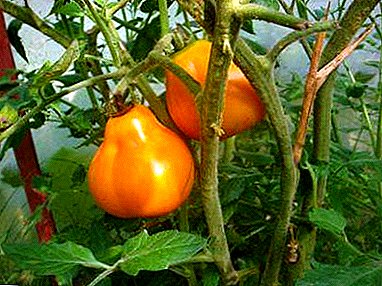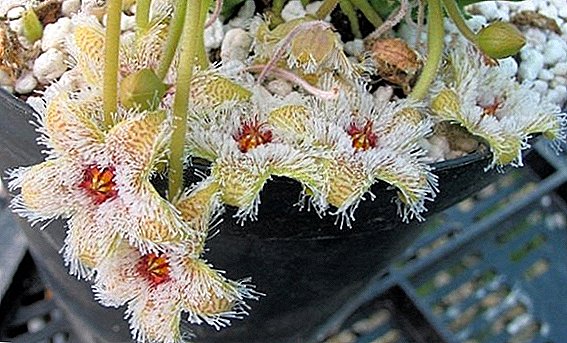
Gerber Jamson is a perennial, belongs to the Aster family. Florists love to use a bright flower to create various compositions, so it is planted in many greenhouses and greenhouses. Caring for her is quite simple, even a novice gardener can try to grow a flower on her own. Consider the features of the Jamesa gerbera, as well as the main issues associated with its planting and reproduction, we pay special attention to common diseases and pests. Growing the Jamesa gerbera from seed at home will be presented in more detail.
Botanical description and history
Gerbera Jameson (Gerbera jamesonii) is a perennial herb, short and compact.
Description of appearance: thickened and shortened stem, well-developed root system, omitted deeply divided leaves (4-15 cm), at the base of which axillary buds are often represented; pubescent long peduncles (25-30 cm), inflorescence - like a chamomile, a basket at the end of the peduncle (diameter about 10 cm). Chamomile flowers have different shades of white, yellow and red.
Learn more about the existing types of gerbera today in this material.
A photo
Then you can see the photos of the plant:



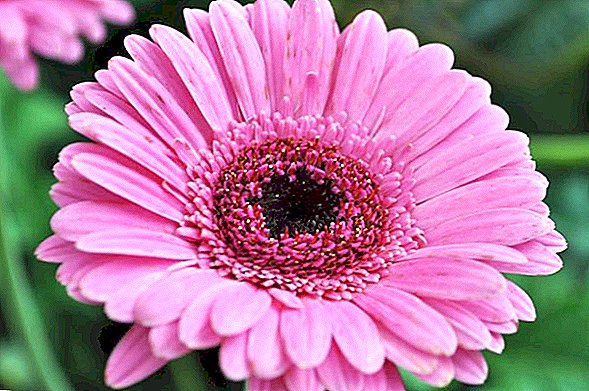

Rules, tips and instructions on where and how to plant it.
- Room: warm, bright and well ventilated. East and west windows will do; southern - with shading. The optimum temperature in summer is 22º-24º, in winter - 12º-14º.
- Lighting: Gerbera light-loving plant. In summer, the plant should be kept outdoors on the balcony. The location of the gerbera should be protected from direct sunlight. Gerbera is prone to sunburn, gradually begin to increase the duration of the flower under the new lighting. In the autumn and winter, there is not enough sunshine, arrange additional illumination with fluorescent lights.
Recommendation. During the flowering period should not be the temperature during the day should be about the same. Large drops have a negative effect on the plant and affect the decorativeness of the inflorescences.
Feature of the plant: flowering depends on the length of daylight. Peak bloom from August to September.
Faded blossoms must be removed! Gerbera flowers break out, not cut. After cutting, the remains of the peduncle often rot and infect the whole plant with rot.
Soil requirements
The soil mixture is prepared from leaf soil, peat and sand (2: 1: 1). Compost or fresh humus is not suitable. Use spacious pots with good drainage. Pine bark or fine expanded clay can be added to the soil mix.
How to care?
Watering
In the summer - moderately, in the winter - more limited. For watering use warm water. It is best to water in the edge of the pot. The ground should be wet. On hot days, to increase the humidity of the air, a pot with gerbera can be put on a tray with wet pebbles. Gerbera prefers high humidity. Water should not be allowed to enter the leaves and stems, only spraying around the plant is allowed.
Water should not fall on the leaves and stems!
Fertilizer
In the spring and summer period, a complex mineral fertilizer is applied monthly. Magnesium sulphate is used as additional feedings, and phosphate fertilizers are used at low temperature. At the end of the summer feed finish.
Common diseases and pests
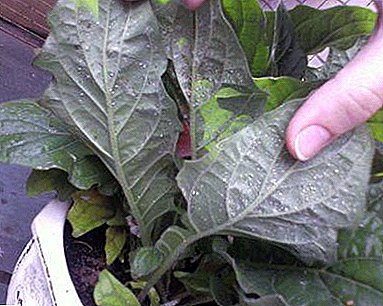 Defeat:
Defeat:- aphid;
- scythes;
- mealybug;
- mite;
- whitefly.
To protect the flower, it is necessary to periodically spray it with pesticides and also to disinfect the soil well.
- Fungal diseases (reason: poor ventilation and high air humidity; air humidity).
- Rot (cause: waterlogging).
- Burn leaves (cause: treatment with alcohol).
- Loss of leaf brightness (reason: excess light).
- Pallor of a plant, extension and loss of appearance (reason: lack of light, adaptation to room conditions).
Learn about the most common diseases of the gerbera and how to combat them here.
Breeding features
Methods of reproduction: seeds and division of rhizome. Planted in loose, nutrient substrate. Gerbera seeds sown in March.
The division of the bush is carried out during transplantation. A plant that should be about 4 years old. When dividing, leave at least 2-3 points of growth on each division. In this case, new plants can begin to bloom in a year.
Dividing bush
- Buy a gerbera flower.
- Let us get used to the new conditions.
- Take a flower pot of large diameter.
- Fill it with expanded clay or pebbles.
- Remove the flowers.
- Transfer the gerbera together with a lump of earth.
- Enrich with substrate.
Do not place the rhizome deep into the substrate! After transplanting the plants, water every two weeks. Carefully ensure that water does not fall on the leaves and stem, it is best to pour water into the pan.
The division of the bush, if as a source of reproduction - its "old" plant
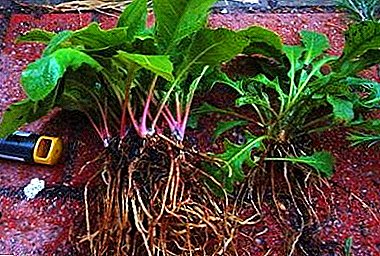 Remove the ground layer (the top of the rhizome should be visible).
Remove the ground layer (the top of the rhizome should be visible).- On the rhizome make an incision.
- Powder it with a small amount of charcoal.
- Place a new layer of earth in the pot.
- Put the pot on the light.
- Take out the plant (should take about a month).
- Divide regrown roots into two parts.
- Replant them in different large containers.
Growing from seed at home
Important! Gerbera seeds can sprout only for 8 months after harvest.
Gerbers can self-pollinate and get seeds for planting. If you decide to collect the seeds yourself, remember that they should be used no later than three months after harvest.
Instructions for growing seed from the gerbera Jamson at home:
- Prepare the soil. Mix the primer. It should consist of equal parts:
- peat;
- perlite;
- sand;
- leafy ground.
Also, the soil can be composed only of peat and sand. You should have a light and loose soil mix.
- Spill the ground with a weak solution of potassium permanganate or freeze it.
- Prepare a large pot with drainage holes.
- At the bottom of the pot lay claydite (about 3 cm).
- Lay the soil, lightly ramming it.
- Water the soil so that it is wet.
- Sow the seeds superficially.
- Sprinkle with a thin layer of sand on top.
- Make a greenhouse for seeds:
- Place the container with the planted seeds under the film. The temperature in the greenhouse should be around +20 ° C.
Twice a day, ventilate the seeds and, if necessary, moisten it.
- After 10-12 days the shoots will hatch, then move them.
- Place the container with the planted seeds under the film. The temperature in the greenhouse should be around +20 ° C.
 Transplant flowers:
Transplant flowers:- Dive the plants into a large pot so that the seedlings are placed 8-10 cm (after the leaves appear).
- Spread the plants separately (after the appearance of 5 leaves) in small pots (approximately 10 cm in diameter).
- Replant the plants separately (when they grow up and get stronger) in bigger pots (approximately 20 cm in diameter).
Flowering plants usually occurs nine months after planting.
Water the plants regularly, the optimum frequency 3-4 times a month depending on the time of year! Use warm, soft, defended water.
On a note. After completion of flowering, the plant enters a period of rest, which lasts until February.
Reduce watering the flower during the rest period. It is necessary to stop feeding the plant. Gerbera needs rest, because it is gaining strength for a new period of flowering and growth.
- How to care for gerberas in pots and what should be avoided when growing a flower?
- Why do gerberas turn yellow leaves and how to cure it?
- Why do room gerberas not bloom and what to do about it?
Conclusion
We reviewed the main issues related to the cultivation of the Jamson gerbera. Following our instructions, even for a beginner, there will be no great difficulties with growing gerberas. Remember that the correct selection of the soil, regular moisture and sufficient lighting - this is the key to growing a healthy plant.


 Defeat:
Defeat: Remove the ground layer (the top of the rhizome should be visible).
Remove the ground layer (the top of the rhizome should be visible). Transplant flowers:
Transplant flowers: